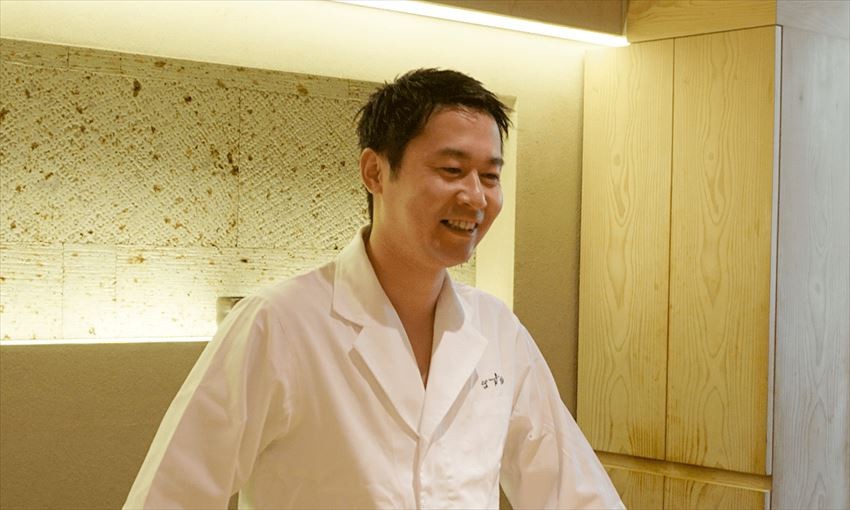
“Sushi Masuda” Mr. Rei Masuda
At the prestigious sushi restaurant well known worldwide, “Sukiyabashi Jiro”, Mr. Masuda has been trained for 9 years. In 2015, he opened his own restaurant “Sushi Masuda” in Omotesando, Tokyo. The restaurant consists of six seats at the counter and one room for six people. It should be fully booked almost every day, with “three part system” starting from 5pm, 7pm and 9pm. It has been awarded Michelin 2 stars and international guests account for even 60 to 70% of its whole customers. In October 2016, “Sushi Wakon” , his second restaurant was also open in Kyoto. They are focused not only on their own restaurants but also on training their chef disciples. This time, the owner Mr. Masuda talked about what he learned during his “training period” and his vision in the future etc.A training period when he learned various lessons from the real lifestyle of the sushi restaurant masters
— I heard that you worked at a sushi restaurant since you were young, but what made you decide to become a sushi chef?
When I was a high school student, I casually joined the sushi store called “Tenzushi” as a part-time worker in Kokura city, Fukuoka. At that time the owner of Tenzushi looked really cool, and one day I started to think that I wanted to be like the owner.
— In Tenzushi, did you work once as a part-time worker and afterwhile work as an employee?
I worked as a part-time worker for about 3 years in Tenzushi. At that time I thought I would like to study not only sushi but also cooking Japanese cuisine. So, I went to Kitakyushu Academy For Cooks for a year at the part time job period and studied the basics of cooking. After that, I worked as an employee for about 4 years as a Japanese restaurant named “Mansou” in Kokura. After that, I worked at a fish store for about a year. However, while doing various jobs, I thought that my dream would always be “to become a sushi chef”. At first, if I could brush up my Japanese cuisine cooking techniques, and then obtain sushi cooking skills, I thought I would be “more than perfect”. That’s what I thought then.
— Was your training place in Tokyo introduced by Mr. Morita?
No. After I went to Tokyo I visited 30 to 40 sushi restaurants in Tokyo to decide where I would work. At the time I was 24 years old and did not have much money, but it was a kind of self-investment.
— And, it was “Sukiyabashi Jiro” you chose as a training place.
That’s right. I felt sushi at Sukiyabashi Jiro was the most delicious. Jiro was not as famous as it is now at that time. I myself did not know much about the restaurant. When I thought I wished to work there, I was told that there were enough people so I could not join immediately, but after about three months I got a response from the store and started my work.

— Speaking of Sukiyabashi Jiro, I often heard the story that the period of study is quite long until becoming a professional, but how was that actually?
It was only a dish-washing and cleaning in the beginning. I think it depends when to start a cooking. In my case, I had the experience of being in a Japanese restaurant and a fish store, so I was able to help with preparation in about a year. It was not easy to get my cooked dishes out to customers at the restaurant soon, but it was an environment where you could do the practice of cooking from the beginning. I bought ingredients by myself, handling fish at my break, making sushi and having my seniors eat it getting their advices like “this is bad. this should have been better if you would do this”. If I could get their “acceptance” I could help with the preparation of the sushi in the restaurant.
Break through current common practices. Try new “Shari“(rice) from scratch
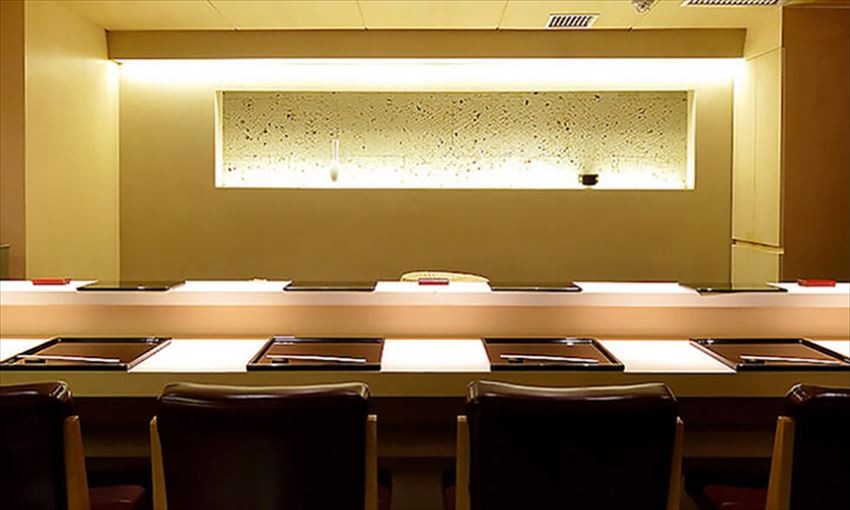
— Is there anything you are particularly conscious of for the taste of sushi?
Basically, the taste is based on what I learned in Sukiyabashi Jiro. For example, our restaurant welcomes diners 3 times at night, but we cook Shari (rice part of sushi) everyone rotation in order to control the temperature of Shari. In addition, “Hikarimono” (shiny fishes) should not be cooled in the refrigerator but should be cooled in the freezer very quickly and then we provide them to our customers. We proudly have 4 categories of temperature (warm, room temperature, cold, colder) to create taste differences.
— Is Shari still the special one you are focused on?
Yes. We purchase rice to be used for Shari from the same rice store as “Sukiyabashi Jiro” but we are blending carefully the selected rice while sticking to everything including how to cook, temperature, vinegar, and temperature control after making Shari. Especially, I have been doing researches of Shari by taking a whole week off recently (at this interview in November 2016). I will take all the things off that I have learned as a common sense, and change everything such as how to cook, vinegar, etc by doubting various common things. By doing this, I would be happy and our staff will also learn very much. You can count on it. Please don’t miss our new “Shari”.
A greeting from the chef to Pocket Concierge’s customers
As in the interview, since 7th November 2016, I started to cook sushi using a “brand new” Shari. Please enjoy our newly-created Shari which I believe is more delicious than ever. Also, since 2017 we will change the composition and price of the course menu. We would like to thank you again for your continued support on new “Sushi Masuda”.
Know more about this restaurant here>>>Sushi MASUDA (鮨 ます田)

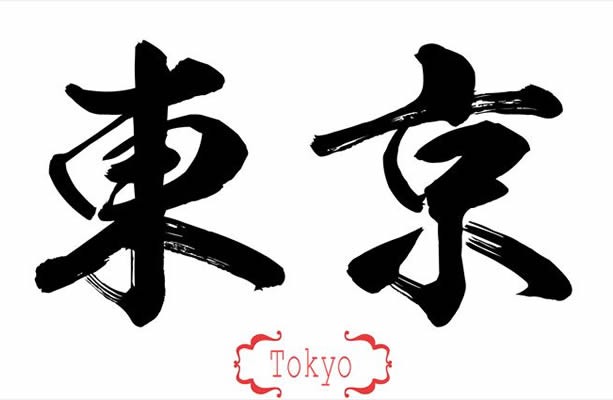
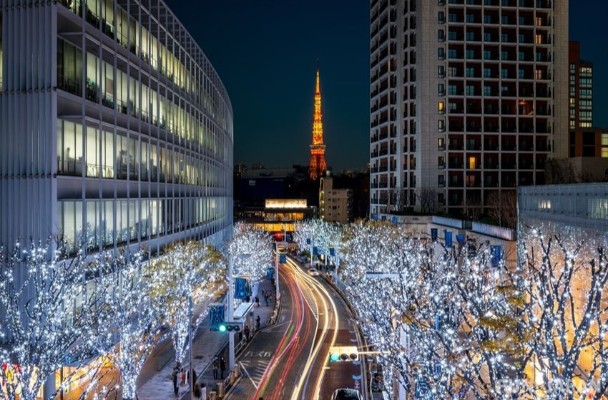
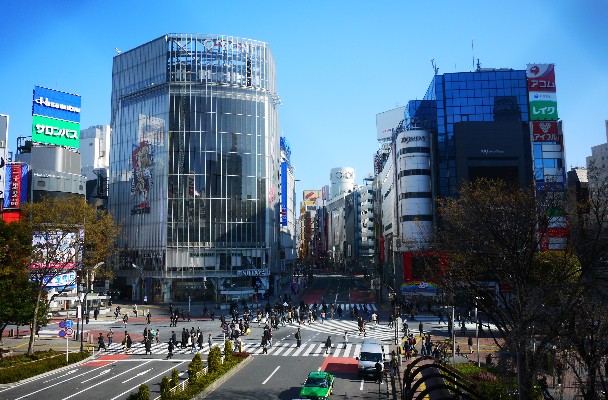
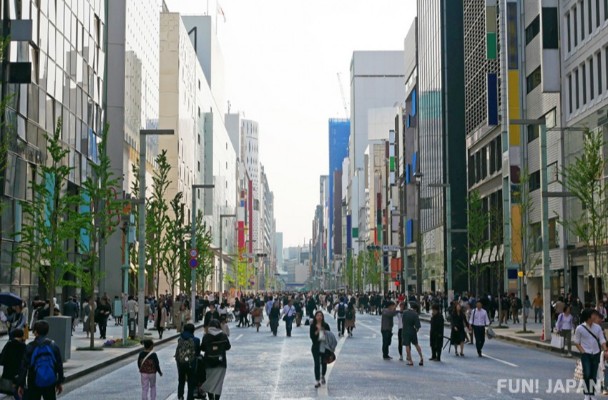


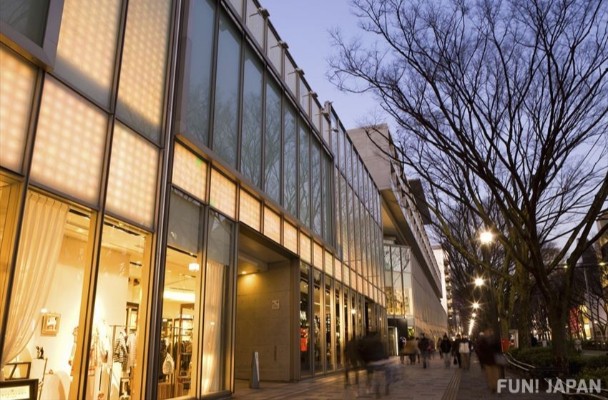
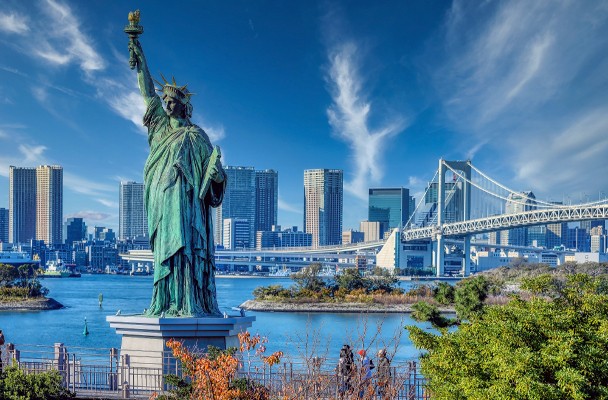
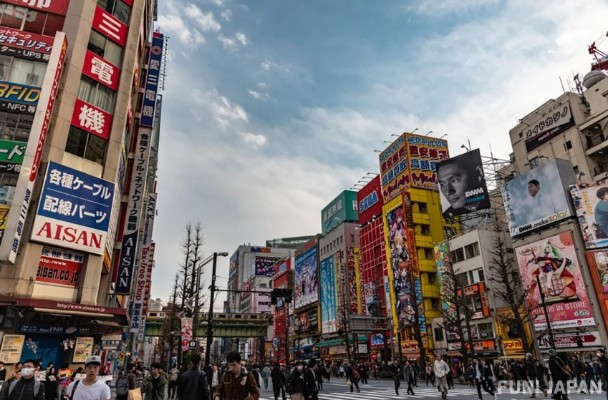

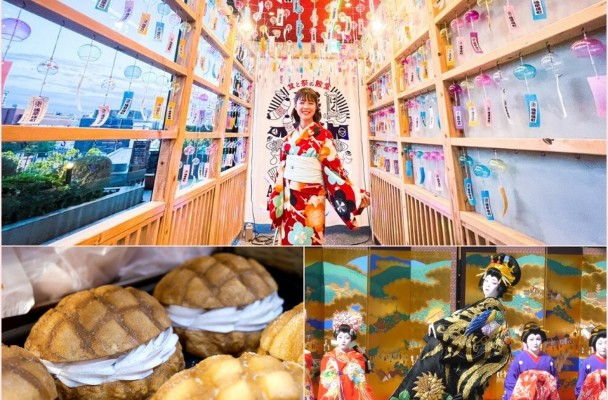
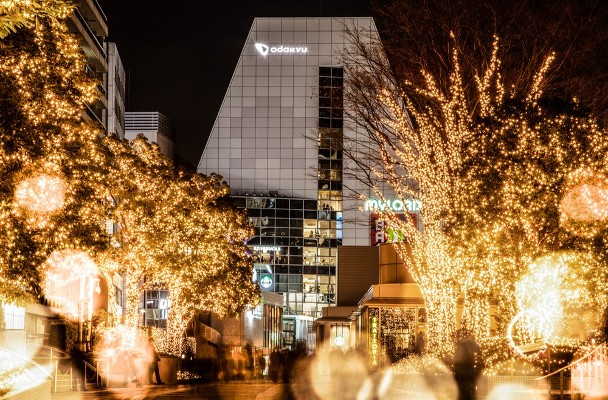
Comments